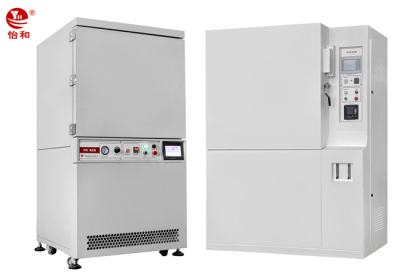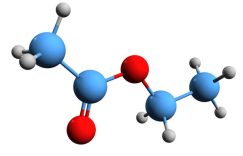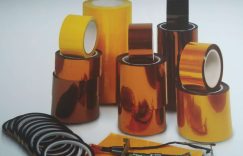Polyimide Long-Term Baking Effects

Polyimides are a class of high-performance polymers known for their exceptional thermal stability, electrical insulation properties, and resistance to harsh chemicals. These properties make them ideal for various high-demand applications, including flexible printed circuit boards, high-temperature insulation materials, and aerospace composites.

When subjecting polyimides to prolonged high-temperature exposure, specific changes in their physical, chemical, and electrical characteristics can occur, affecting the material’s overall performance and integrity. These effects are crucial to consider in applications where long-term thermal stability and reliability are paramount.

Physical Changes
Prolonged baking of polyimides at elevated temperatures can result in several physical alterations:
-
Thermal Expansion: Polyimides exhibit a relatively high coefficient of thermal expansion (CTE). Extended heat exposure can cause significant dimensional changes, leading to warpage, distortion, or delamination in multilayer structures.
-
Tg Increase: The glass transition temperature (Tg) of a polyimide, which represents the transition from a glassy to a rubbery state, may increase with prolonged baking. This increase in Tg can improve the material’s heat resistance but can also make it more brittle and prone to cracking.
-
Enhanced Crystallinity: Excessive heating can promote crystallization within the polyimide structure. This increased crystallinity can lead to changes in mechanical properties, such as increased stiffness and reduced elongation at break.
Chemical Changes
Long-term baking can induce various chemical reactions in polyimides:
-
Imide Ring Rearrangement: Prolonged exposure to high temperatures can cause rearrangement of the imide rings, leading to the formation of new chemical structures. This rearrangement can result in changes in the material’s thermal stability, mechanical properties, and electrical characteristics.
-
Crosslinking: Elevated temperatures can facilitate crosslinking reactions between polyimide chains, resulting in the formation of a more tightly bound network. This crosslinking can increase the material’s dimensional stability, resistance to creep and solvent attack, but it can also compromise its flexibility.
-
Degradation: In extreme cases, excessive heating can cause the degradation of polyimide, leading to the formation of volatile compounds, discoloration, and a loss of physical and electrical properties.
Electrical Changes
The electrical properties of polyimides can also be affected by prolonged baking:
-
Dielectric Constant and Loss Tangent: The dielectric constant and loss tangent of polyimides may change as a result of structural modifications and chemical reactions during baking. These changes can impact the material’s ability to store electrical energy and dissipate losses, affecting its performance in high-frequency applications.
-
Electrical Resistivity: The electrical resistivity of polyimides generally increases with prolonged baking due to the formation of crosslinks and the reduction of mobile charge carriers. This increased resistivity can limit the material’s ability to conduct electricity effectively.
-
Thermal Conductivity: The thermal conductivity of polyimides can improve with prolonged baking due to the enhanced crystallinity and crosslinking, leading to more efficient heat dissipation.
In conclusion, understanding the effects of prolonged baking on polyimides is crucial for ensuring their successful utilization in demanding applications. By carefully controlling the baking conditions, such as temperature, duration, and atmosphere, manufacturers and designers can tailor the material’s properties to meet specific performance requirements and long-term reliability targets.



